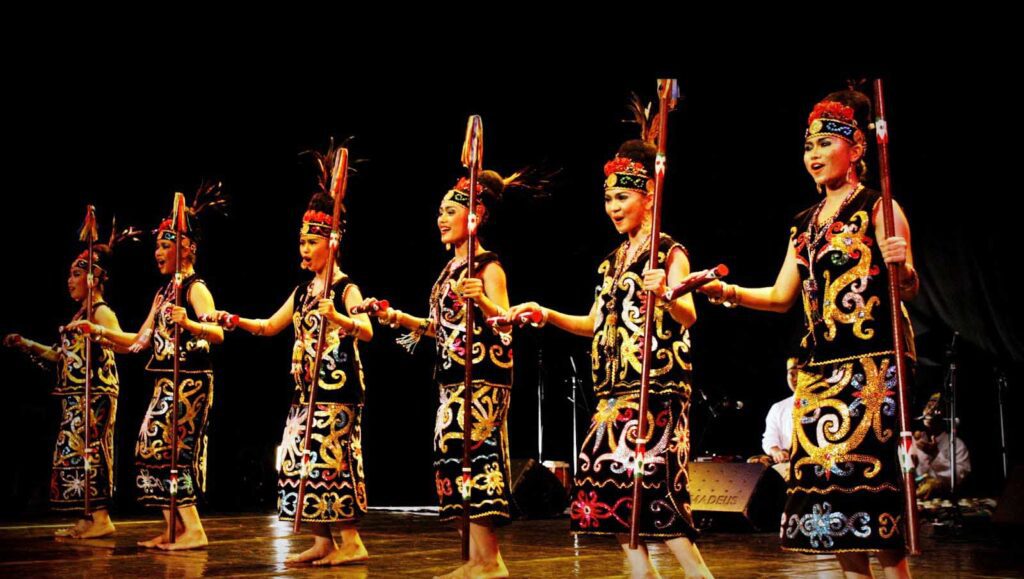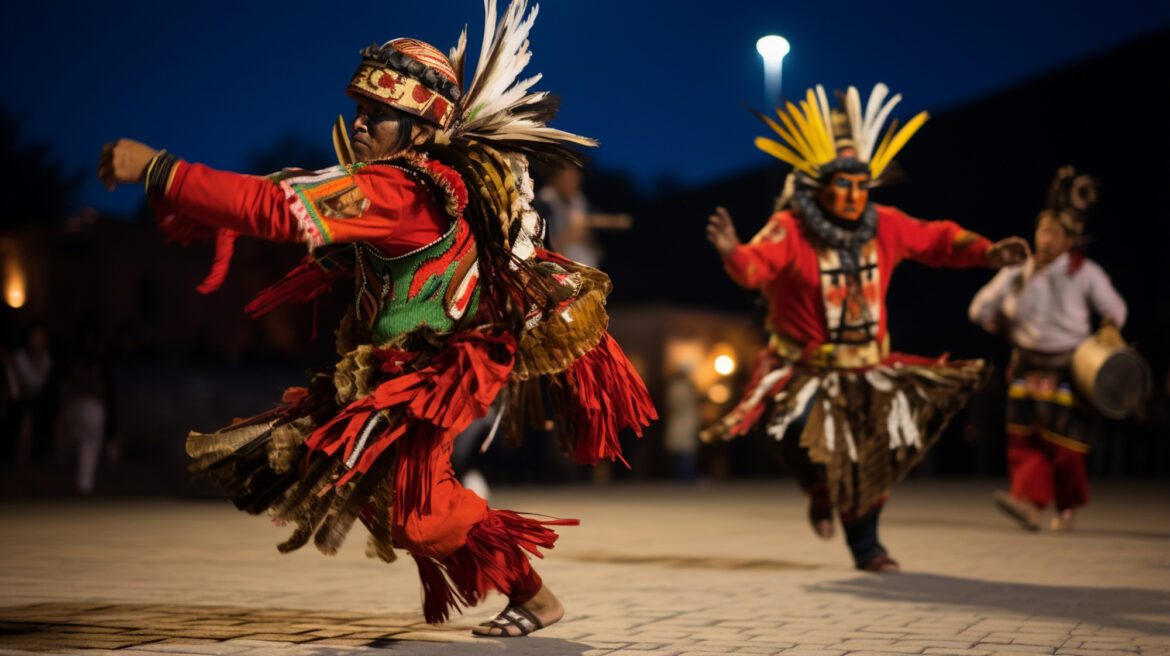Introduction: Dancing Through History
Kalimantan, the Indonesian part of Borneo, is renowned not only for its stunning rain forests but also for its rich and diverse cultural heritage. Among its most captivating treasures are the traditional dances of its indigenous communities. These dances are more than just performances; they are living stories that carry the wisdom, values, and history of generations.
The phrase “Preserve Culture, Preserve Identity” speaks to the urgency of safeguarding these traditions. As globalization accelerates and modern entertainment dominates the world stage, Kalimantan’s traditional dances face the risk of being forgotten. By introducing these dances to a wider audience, we do not merely showcase art—we celebrate and protect an essential part of our collective identity.

Kalimantan’s Traditional Dances: A Living Heritage
Kalimantan’s cultural tapestry is woven from the traditions of Dayak, Banjar, and Malay communities, each with unique dance forms. These dances often feature elaborate costumes, intricate movements, and music played on traditional instruments like the sape (a lute-like string instrument).
For example, the Hudoq Dance from East Kalimantan involves dancers wearing ornate wooden masks and costumes made of leaves to represent ancestral spirits who bless the harvest. Another well-known performance is the Kinyah Mandau Dance, which dramatizes the bravery of Dayak warriors with energetic movements and symbolic use of the mandau, a traditional sword.
Such performances are not just for entertainment; they convey values such as courage, gratitude to nature, and respect for ancestors. Learn more about Indonesia’s rich performing arts at traditional dance.
The Role of Traditional Dance in Cultural Identity
For local communities, dance is an integral part of ceremonies, rituals, and social gatherings. Weddings, harvest festivals, and religious celebrations often feature these performances to strengthen communal bonds.
Traditional dances also teach younger generations about their origins. Through choreography, costume-making, and music, they learn the skills and values of their ancestors. This continuity helps preserve not only the art form but also the identity of the people themselves. For insights into how culture shapes identity, visit cultural preservation
Challenges in Preserving Kalimantan’s Traditional Dances
Despite their importance, Kalimantan’s dances face serious challenges. Urbanization, migration, and the influence of mainstream media have shifted young people’s interests toward modern entertainment. Funding for cultural programs is often limited, and some traditional knowledge bearers are aging without successors to carry on their expertise.
There is also the risk of cultural commodification. When traditional dances are performed solely for tourism without proper context or respect, their meanings can be diluted or misunderstood. Balancing authenticity with accessibility is therefore crucial.
Efforts to Promote Kalimantan’s Dances Globally
Thankfully, various initiatives are working to keep these dances alive. Local governments and cultural organizations are developing festivals, workshops, and competitions to encourage youth participation. Schools are integrating traditional dance lessons into their extracurricular programs, while NGOs provide grants for research and preservation.
Digital media is also playing a key role. Performances are being recorded and shared online, reaching audiences far beyond Kalimantan. Cultural ambassadors and artists collaborate internationally, blending traditional movements with contemporary styles to create innovative performances that still honor their roots. Discover inspiring programs promoting cultural exchange.
International festivals, museums, and embassies have begun showcasing Kalimantan’s dances as part of broader Indonesian cultural exhibitions. By stepping onto global stages, these dances become powerful tools of diplomacy, fostering cross-cultural understanding and appreciation.

 Welcome to CreativeGeneralist.com, your premier destination for authentic news, captivating stories, and insightful posts curated from across the globe. We meticulously select diverse content to inform, entertain, and inspire.
Welcome to CreativeGeneralist.com, your premier destination for authentic news, captivating stories, and insightful posts curated from across the globe. We meticulously select diverse content to inform, entertain, and inspire.